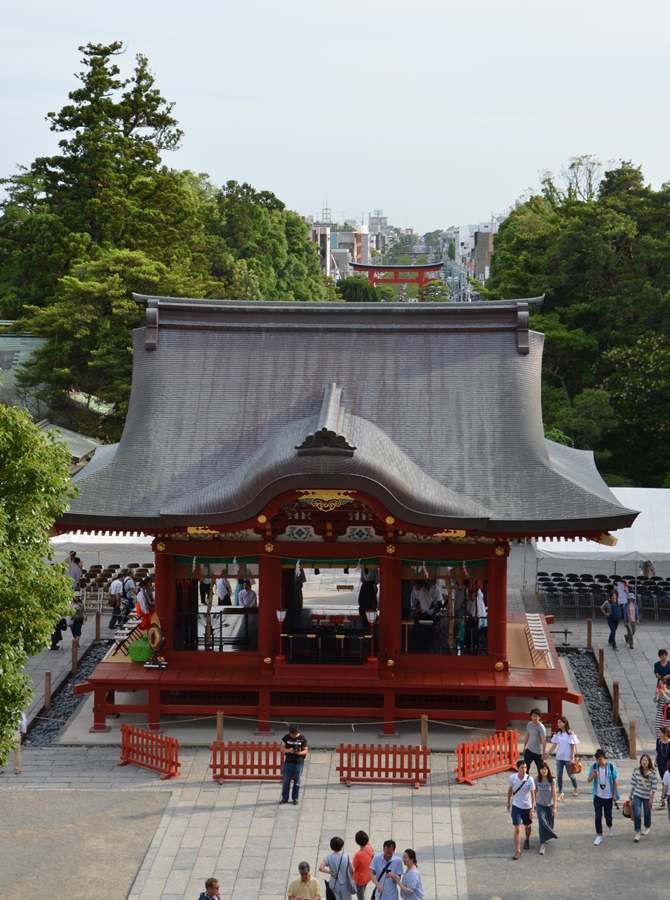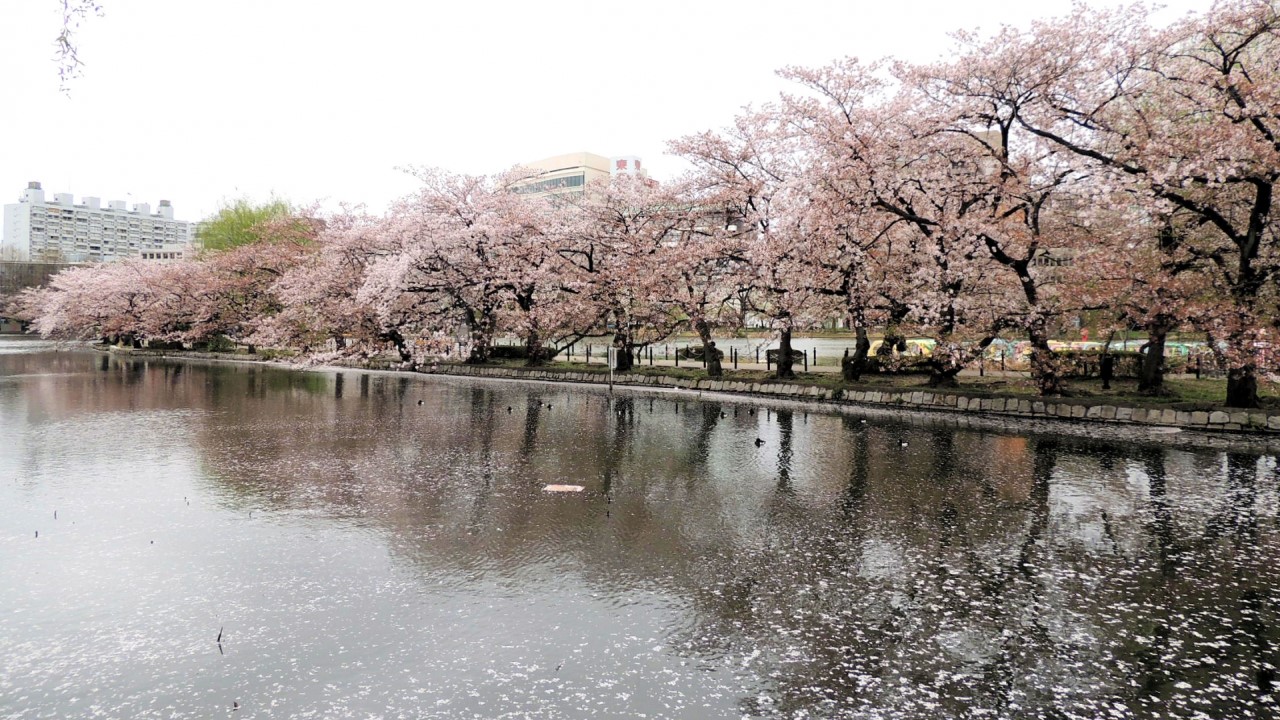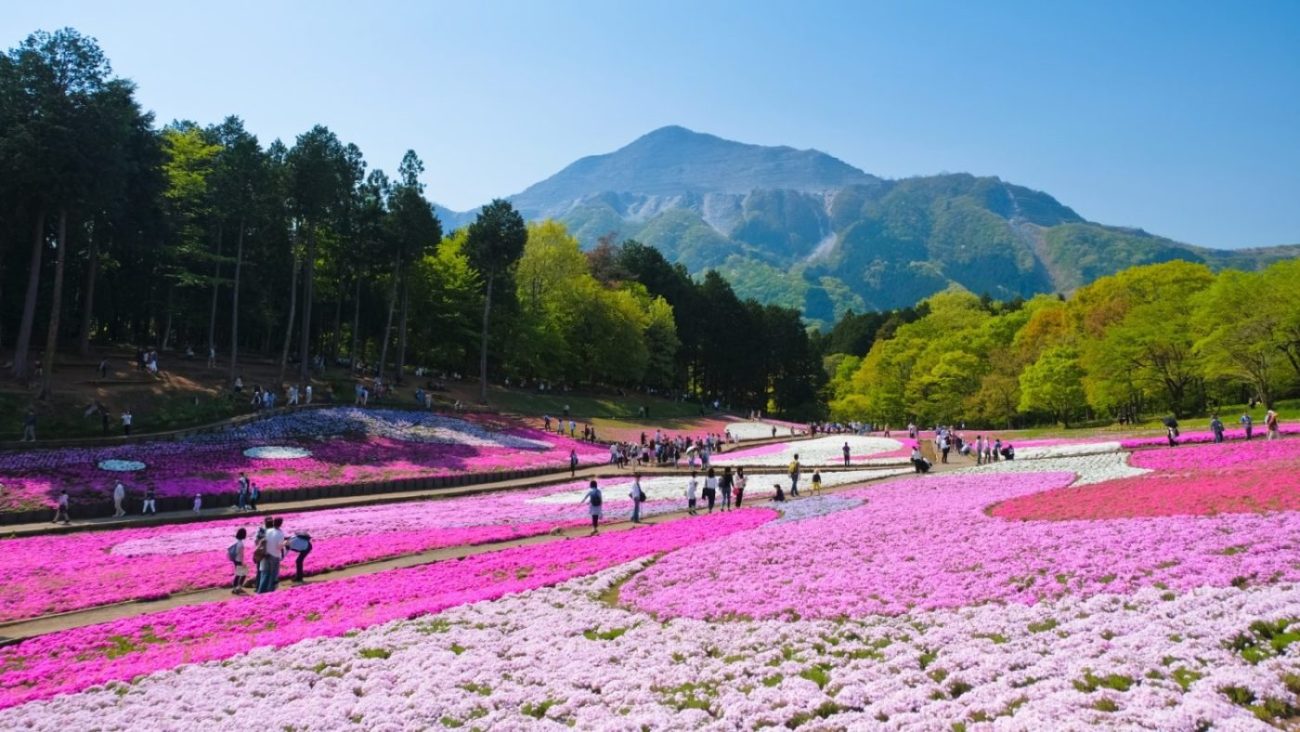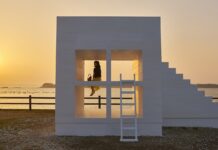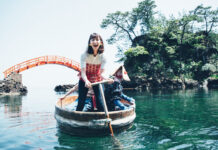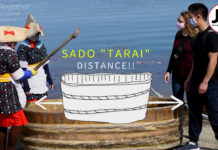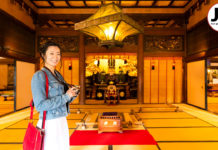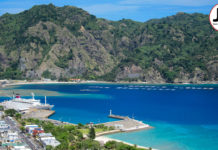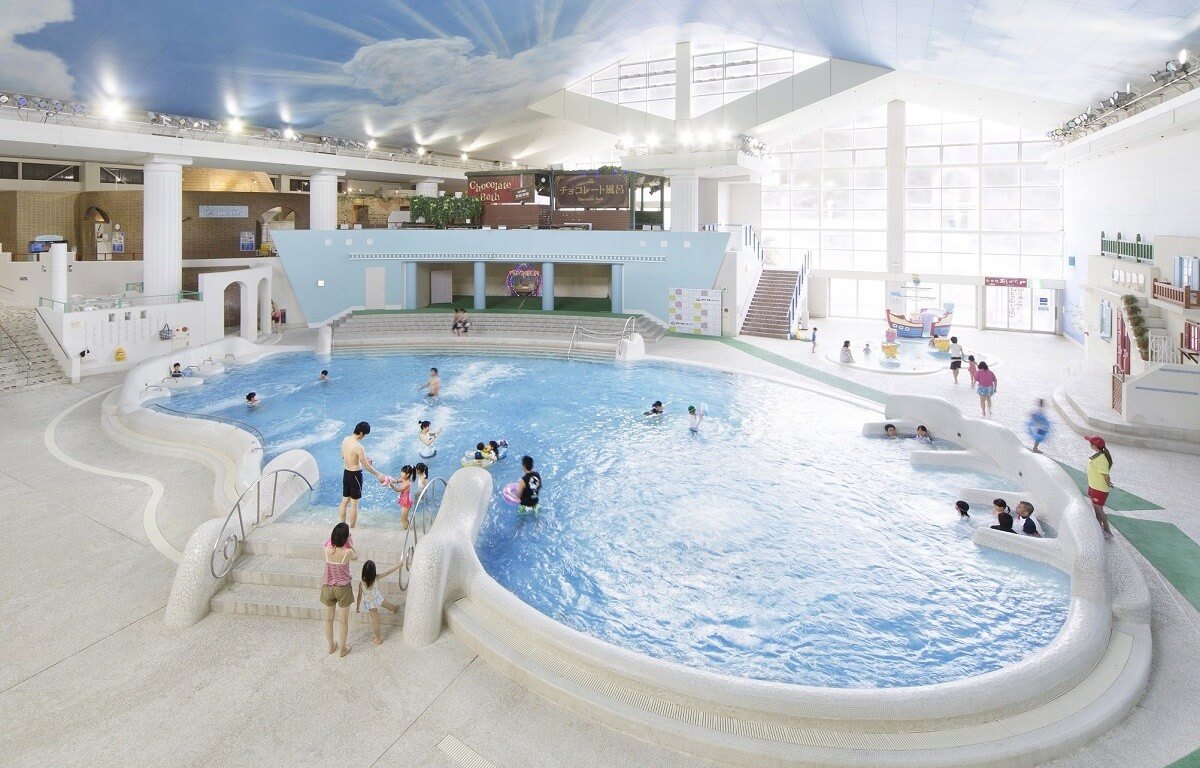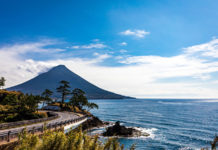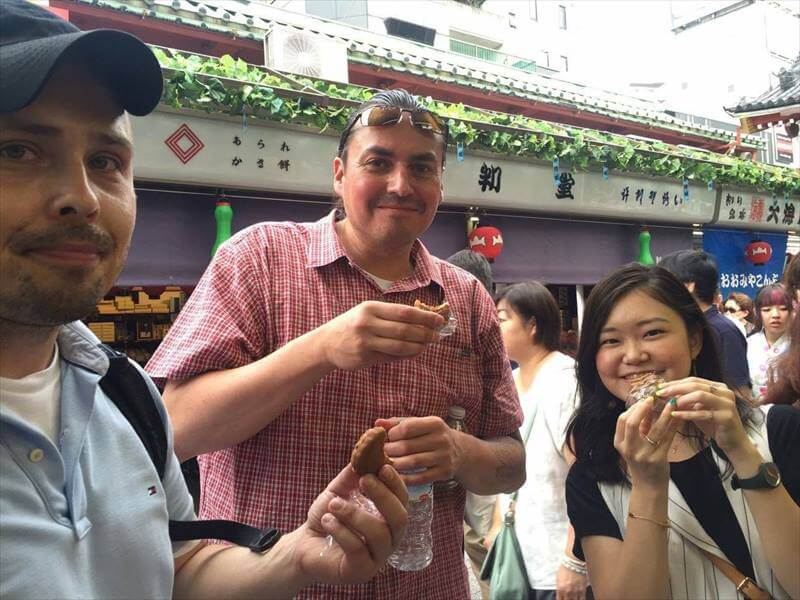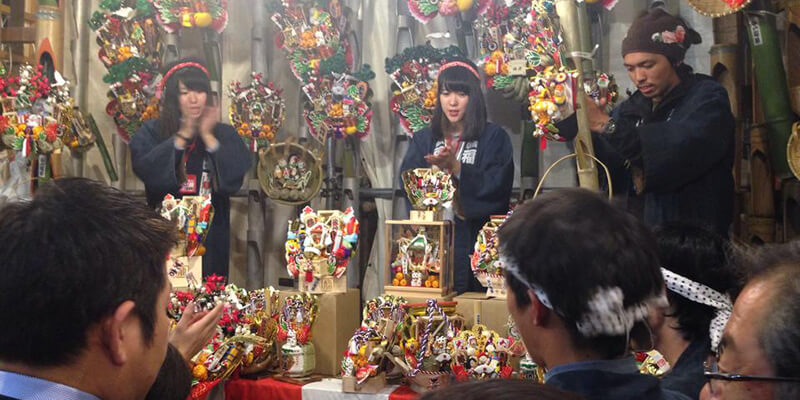The last stop during our Ajisai-Tour, after visiting the Tokei-ji, Jochi-ji and Meigetsu-in, was the Tsurugaoka Hachiman-gu (鶴岡八幡宮), the most significant Shinto Shrine in Kamakura area. We reached the shrine within 30 min after leaving the Meigetsu-in.
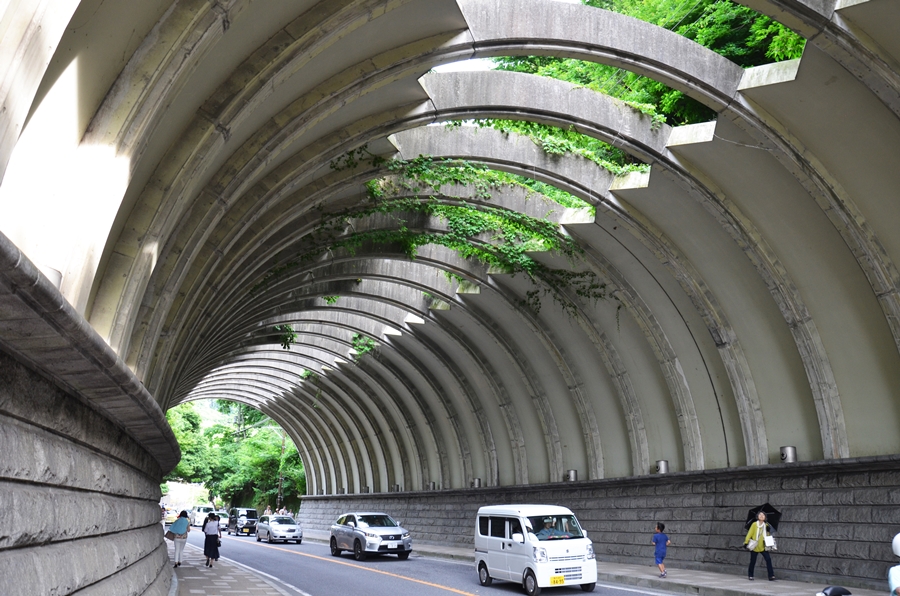
We entered the shrine from the back side and were welcomed by beautiful Hydrangea flowers.

Tsurugaoka Hachiman-gu: The Historical and Cultural Center of Kamakura
The shrine was built by Minamoto Yoriyoshi (988-1075) near the seaside in Yuigahama in 1063. Then, in 1191, the first Shogun of Kamakura, Minamoto Yorimoto (1147-1199) moved it to its current position. The location of the shrine is meticulously calculated, with Mt. Hokuzan on the north and Nameri River on the east, making Tsurugaoka Hachiman-gu the geographical and cultural center of the city.
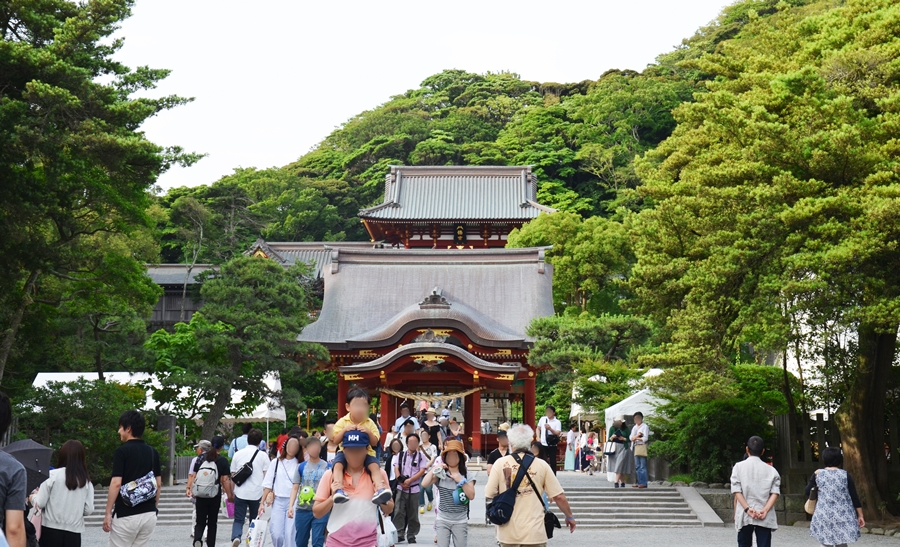
Tsurugaoka Hachiman-gu: A Blend of Shinto Heritage and Scenic Beauty
Interestingly enough, Tsurugaoka Hachiman-gu used to be a hybrid of a Buddhist temple and a Shinto shrine until the Meiji government started the separation of Buddhism and Shinto. The new law “Shinto and Buddhism Separation Order” was enacted in 1868, which forced the shrine to sell or even destroy Buddhism-related treasures and buildings. With that said, the remaining buildings still hold cultural importance and are designated as important cultural properties.
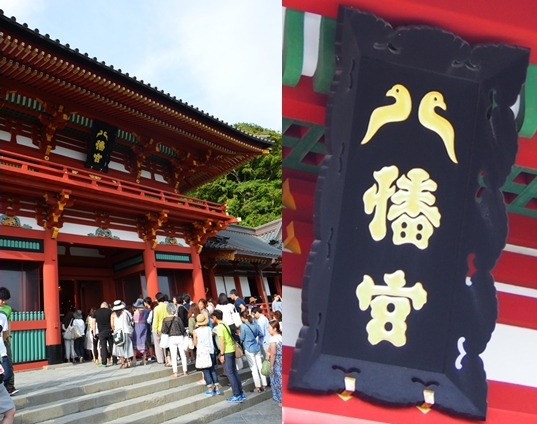
The Tsurugaoka Hachiman-gu was dedicated to Hachiman (八幡), the tutelary god of warriors. He acts as the divine protector of Japan and its inhabitants, as well as the Imperial Family. The dove is the symbol and messenger of the Hachiman.
You can purchase a variety of fortune bringing talismans, as well as… 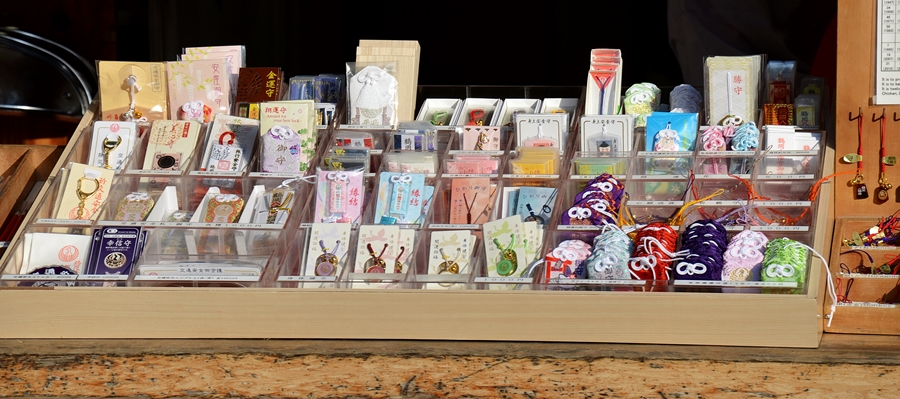
… an o-mikuji, a strip of paper that predicts your fortune. You can also receive an English explanation of your o-mikuji.
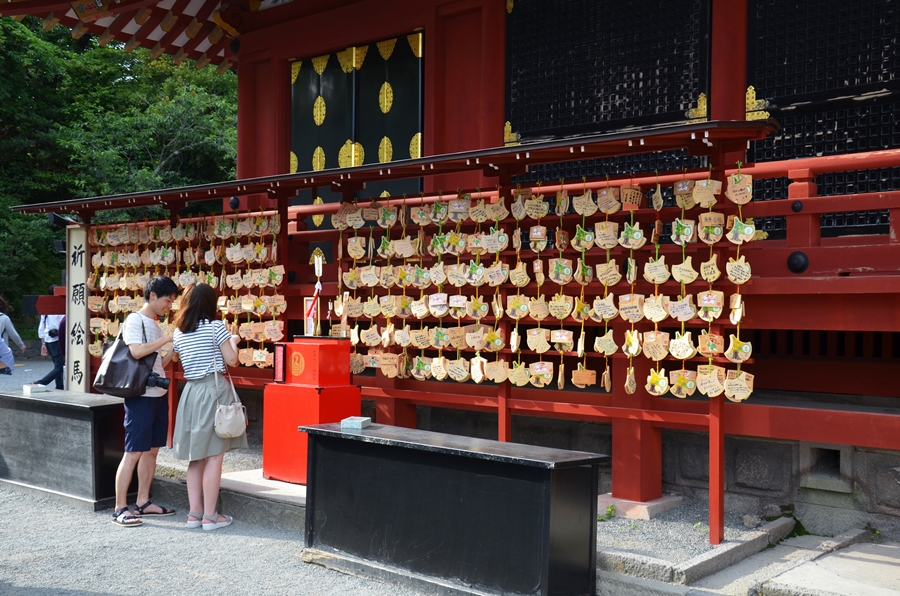
If you receive a bad fortune you can leave your bad luck at the shrine by putting the paper strip into the red box, which is located in front of the Ema wall.
On the right side of the shrine grounds there is a little park with a pond, where water lilies, kois and turtles can be spotted.

The white flags can be purchased at the shrine. You can write down your prayer and put it on the little island.
After leaving the shrine grounds we headed to the beach. We strolled through the Komachi street, where coffee shops, souvenir shops and restaurants providing Kamakura’s specialties are located right next to each other.
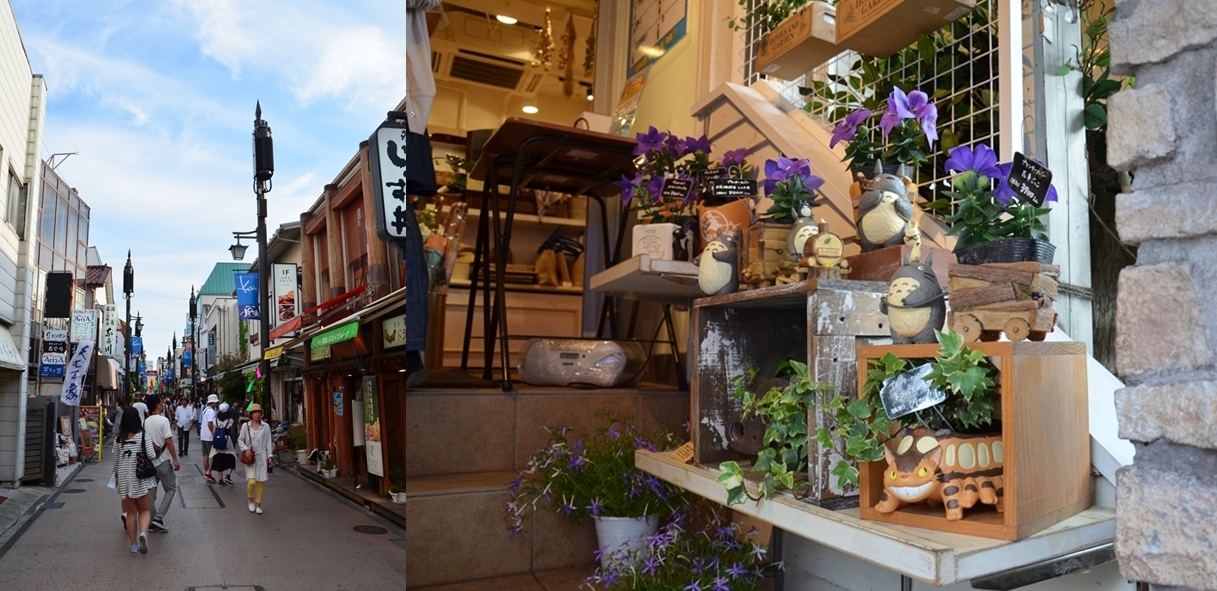
We arrived at the beach perfectly in time for the beautiful sunset.
Information
Tsurugaoka Hachiman-gu
Hours: 6am – 8pm, 24 hours (December 31-January 2), from midnight to 8pm (January 3)
Access: A 10-15 min walk from JR Kamakura Station – East Exit (JR Shonan-Shinjuku Line, JR Yokosuka Line)
Address: Tsurugaoka Hachiman-gu, 2-1-31 Yukinoshita, Kamakura-shi, 248-8588 Kanagawa
The Kamakura Walking Course:
WATTENTION WRITER PROFILE
 Tabea Greuner
Tabea Greuner
Living and working in Japan since 2015. Always excited about discovering new places. Passion for photography, nature-lover & Japanese fashion expert. MORE ARTICLES BY THIS WRITER | ABOUT WATTENTION NINJA
 0
0


